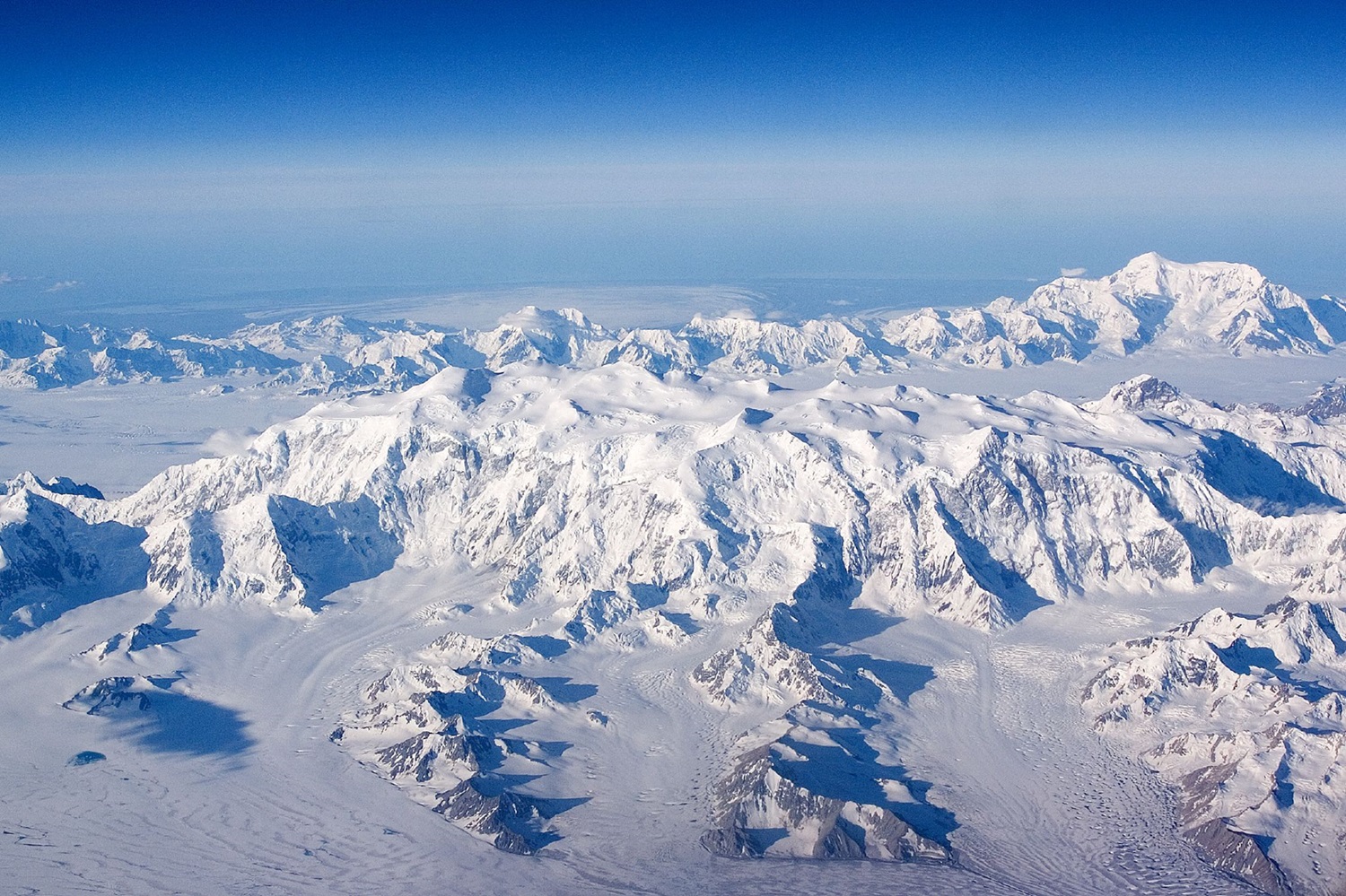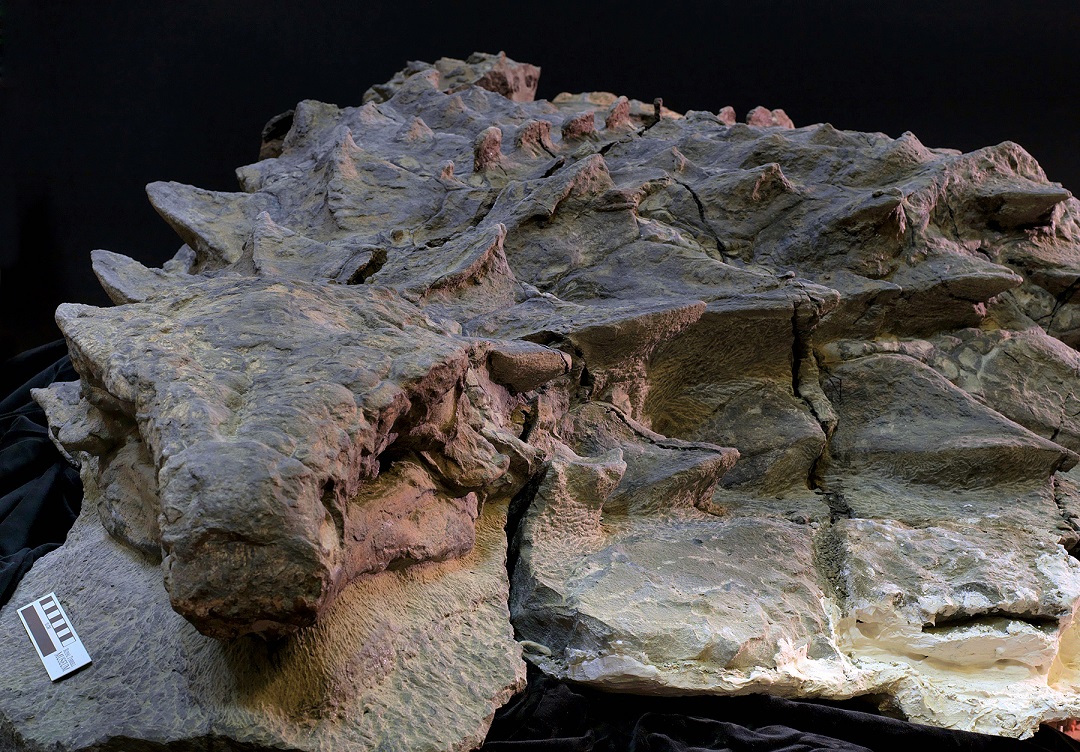Geology is the study of what the Earth is made of and how it has changed over time. There are six geological regions in Canada. These regions are the Canadian Shield, the Interior Platform, the Appalachian Orogen, the Innuitian Orogen, the Cordillera and Western Canada Sedimentary Basin, and the Eastern Continental Margin.
This article is a plain-language summary of the geological regions of Canada. If you are interested in reading about this topic in more depth, please see the full-length entry, Geological Regions.

Canadian Shield

The Canadian Shield makes up the centre of the country. It is also under the Rocky Mountains and the interior plains of Canada. Here, rocks from the Interior Platform cover it.
The Shield is made of ancient rocks. Some are more than 4 billion years old. The Shield formed between over 3 billion and 800 million years ago. Many tectonic plates collided and built up.
The Grenville Orogeny was one of the last major plate collisions that helped form the Canadian Shield. It merged most of the Earth’s continental plates into a “supercontinent” called Rodinia. Erosion removed about 20 km of the crust over the next few 100 million years. A great flooding began about 600 million years ago. At that time, the landscape was almost flat.
Take the quiz!
Test your knowledge of Canadian Geography by taking this quiz, offered by the Citizenship Challenge! A program of Historica Canada, the Citizenship Challenge invites Canadians to test their national knowledge by taking a mock citizenship exam, as well as other themed quizzes.
Interior Platform

This region is named for the flat, low-lying area that covers the Canadian Shield. It includes the prairies of Manitoba, Saskatchewan and Alberta. Here, the rocks make up the lower half of the Western Canada Sedimentary Basin.
The sea flooded into these areas between 550 and 450 million years ago. It stayed until about 360 million years ago. As a result, a gigantic inland sea was formed. It covered almost the whole continent. The limestones made at this time are in the Rocky Mountains, the Niagara Gorge and under Parliament Hill in Ottawa.
Appalachian Orogen

When the sea was flooding into Canada, Rodinia was starting to break up. This formed new oceans. By about 500 million years ago, subduction began. During subduction, the oceanic crust sinks beneath the continental margin. The oceanic crust that undergoes subduction is reabsorbed into the mantle. The mantle is a region between the crust and the core of the earth.
The Appalachian Orogen is the belt of deformed rocks that grew as the oceans closed up. This belt extends southwestward through the Atlantic provinces. It was fully formed by about 250 million years ago. Several tectonic plates collided and formed the new supercontinent called Pangea.
Innuitian Orogen

North of the Arctic Platform are two sedimentary basins that overlap. These make up the Innuitian Orogen. The two basins have been gathering sedimentary deposits for 500 million years.
The sea bottom spread outward. This created the Arctic Ocean. This took place about 100 million years ago. Soon after, part of the process of Pangea’s breakup caused Greenland to break off from Canada.
Cordillera and Western Canada Sedimentary Basin

Pangea began to break up 200 million years ago. The Atlantic Ocean began to open in the east. North America began to drift in a northwestern direction. Most of British Columbia formed when this drift caused several large landmasses from the Pacific oceanic crust to collide and join.
The collisions pushed the rock at the edge of the Interior Platform of Alberta and Northwest Territories upward and eastward. The rocks moved along fracture lines to form the front ranges of the Rocky Mountains.
Subduction of the Pacific Ocean plate continues offshore west of Vancouver Island.
Eastern Continental Margin
The East Coast is a ragged tear across the Appalachian Orogen. Part of this belt of rocks was left behind on the North American side when the Atlantic Ocean opened up. About 200 million years ago, the north margin of North America began to subside. This margin became the site of a buildup of thick sedimentary rocks that came from nearby continents.

 Share on Facebook
Share on Facebook Share on X
Share on X Share by Email
Share by Email Share on Google Classroom
Share on Google Classroom








